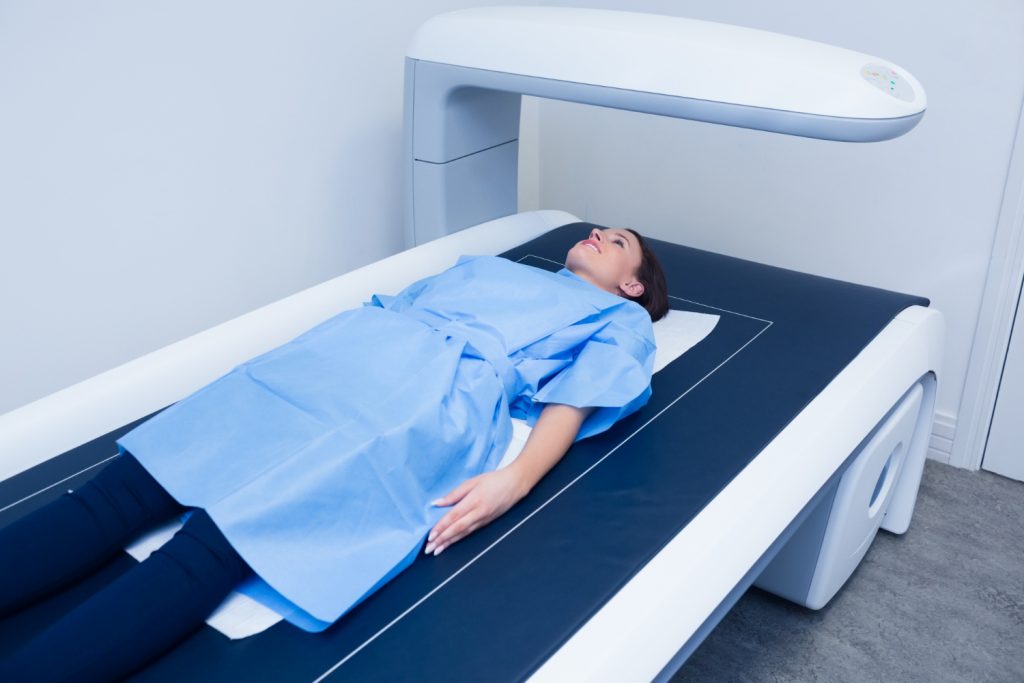Introduction:
Corticosteroids, often referred to as steroids, are powerful medications used to treat a wide range of inflammatory and autoimmune conditions. While highly effective in managing these issues, a significant potential side effect of long-term or high-dose steroid use is steroid-induced osteoporosis. This condition weakens the bones, making them more susceptible to fractures. Understanding the link between steroid-induced osteoporosis and taking proactive steps to protect your bone health is crucial for individuals on these medications. At the London Osteoporosis Clinic, we are dedicated to providing comprehensive information and care for patients at risk of or affected by this condition.
How Steroids Affect Bone Health
Steroids interfere with the body’s natural bone remodeling process, where old bone is broken down and replaced by new bone. Several mechanisms contribute to steroid-induced osteoporosis:
- Reduced Bone Formation: Steroids inhibit the function of osteoblasts, the cells responsible for building new bone tissue.
- Increased Bone Resorption: They can also increase the activity of osteoclasts, the cells that break down bone, leading to a net loss of bone mass.
- Impaired Calcium Absorption: Steroids can reduce the absorption of calcium from the gut, leading to lower levels of calcium available for bone health.
- Increased Calcium Excretion: They can also increase the amount of calcium excreted by the kidneys.
- Hormonal Effects: Steroids can affect the production of sex hormones (estrogen and testosterone), which play a protective role in bone density.

Risk Factors for Steroid-Induced Osteoporosis
Several factors can increase an individual’s risk of developing steroid-induced osteoporosis:
- Dosage and Duration: Higher doses and longer durations of steroid use are associated with a greater risk.
- Type of Steroid: Some steroids may have a higher risk of bone loss than others.
- Underlying Medical Condition: The condition for which the steroids are being taken can sometimes independently affect bone health.
- Age and Sex: Older individuals and postmenopausal women are generally at higher risk of osteoporosis.
- Lifestyle Factors: Poor diet, lack of physical activity, smoking, and excessive alcohol consumption can exacerbate bone loss.
- Genetic Predisposition: A family history of osteoporosis may increase susceptibility.
Symptoms and Diagnosis
Often, steroid-induced osteoporosis develops without noticeable symptoms until a fracture occurs. These fractures most commonly affect the vertebrae (leading to back pain and loss of height), hips, and wrists.
Diagnosis typically involves:
- Medical History and Physical Examination: Assessing the patient’s steroid use and other risk factors.
- Bone Density Test (DXA Scan): A low-dose X-ray that measures bone mineral density. This is the gold standard for diagnosing osteoporosis and assessing fracture risk.
- Vertebral Fracture Assessment (VFA): An additional X-ray that can be done during a DXA scan to check for vertebral fractures.
- Blood and Urine Tests: To assess calcium levels, vitamin D status, and other factors that can affect bone health.

Prevention and Management Strategies
Preventing and managing steroid-induced osteoporosis involves a multi-faceted approach:
- Lowest Effective Dose and Duration: Using the lowest dose of steroids for the shortest possible time under medical supervision.
- Calcium and Vitamin D Supplementation: Ensuring adequate intake through diet and supplements, as recommended by a healthcare professional.
- Lifestyle Modifications:
- Weight-bearing exercise: Activities like walking, jogging, and strength training help to strengthen bones.
- Smoking cessation: Smoking has a negative impact on bone health.
- Moderate alcohol consumption: Excessive alcohol intake can interfere with bone metabolism.
- Fall prevention: Taking measures to reduce the risk of falls, especially for older adults.
- Bisphosphonates and Other Medications: In some cases, medications like bisphosphonates, denosumab, or teriparatide may be prescribed to help increase bone density and reduce fracture risk. The decision to use these medications depends on the individual’s risk factors and bone density.
- Regular Monitoring: Patients on long-term steroids should undergo regular bone density testing to monitor their bone health.
Conclusion: Taking Control of Your Bone Health While on Steroids
While steroid-induced osteoporosis is a serious potential complication of corticosteroid use, understanding the risks and implementing preventive strategies can significantly reduce the likelihood of fractures. Regular communication with your healthcare provider, including the experts at the London Osteoporosis Clinic, is essential for monitoring your bone health and developing a personalized management plan. By being proactive about your bone health while on steroids, you can maintain a strong and healthy skeletal system.
If you are taking corticosteroids and are concerned about steroid-induced osteoporosis, schedule a consultation with our specialists at the London Osteoporosis Clinic for a comprehensive assessment and personalized advice.
Clinic Information:
Phone: +44 (0)20 7193 7867
Email: [email protected]
Address: London Osteoporosis Clinic, HCA the Shard, 32 St Thomas Street, London SE1 9BS
Online consultations are available. Contact us to learn more.


